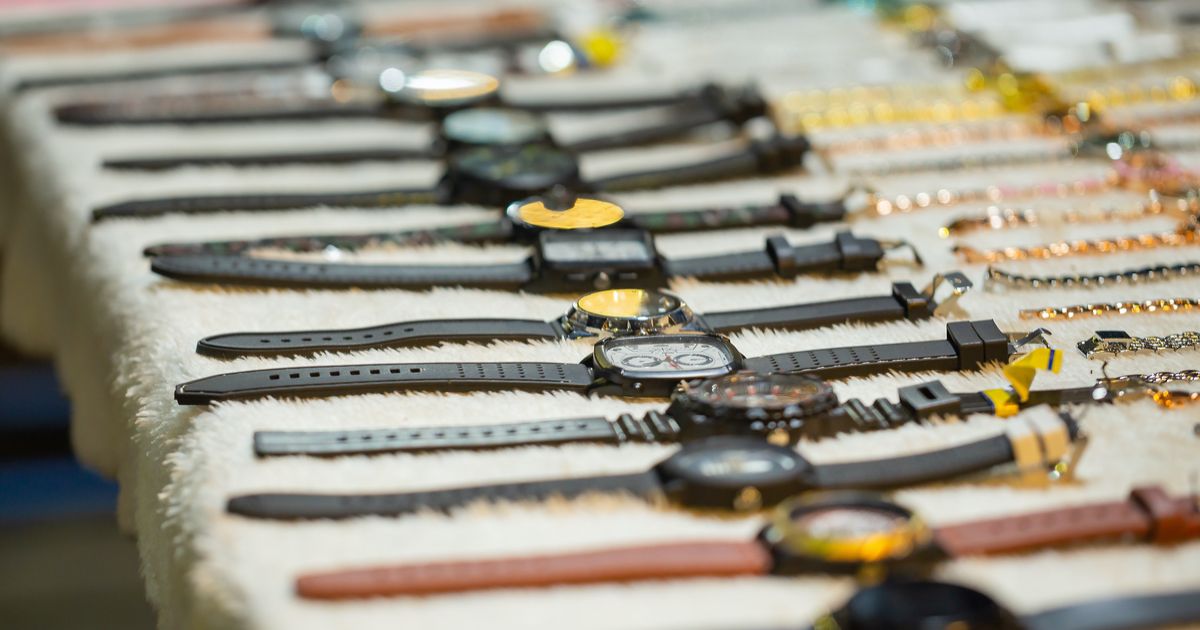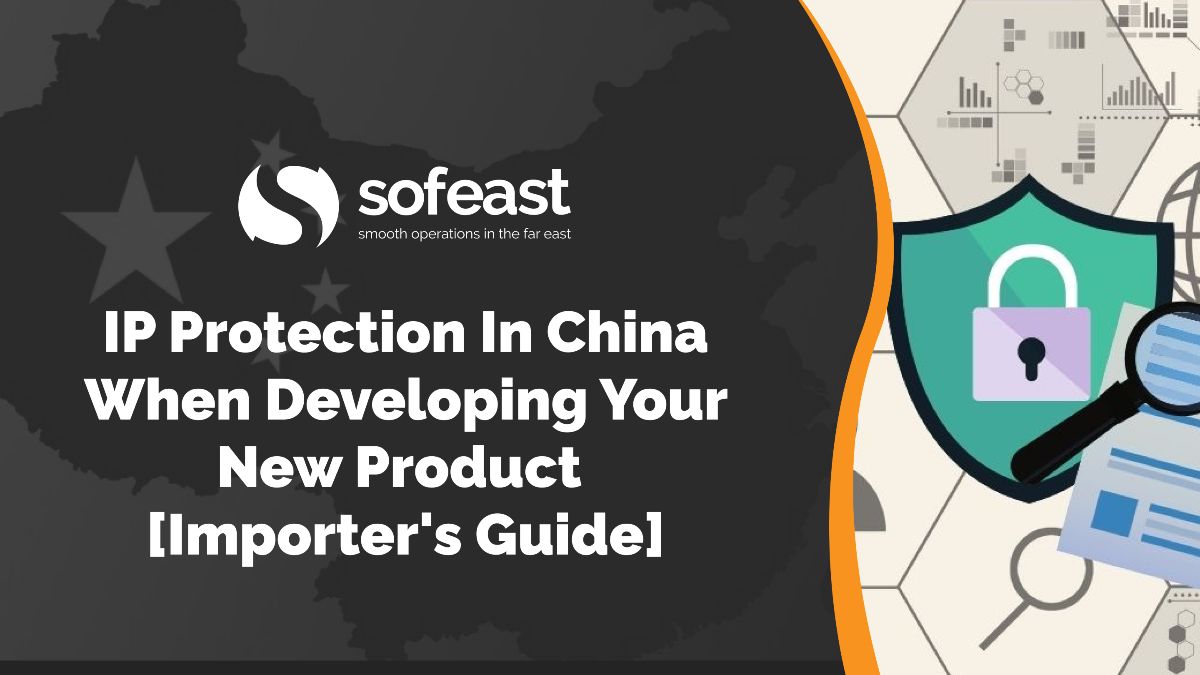For all the talk about improvements in China’s intellectual property protection, many importers are still facing very unethical behavior from their supplier base. And nowhere is it more apparent than in trade shows. The temptation for suppliers to show a customer’s innovative product is often too strong.
So, how to fight back against fake goods in China trade shows?
How to prevent leakages of intellectual property in the first place?
Dan Harris at China Law Blog wrote on that topic a few years ago, in Protecting Your IP From China. The Value And The Peril Of Trade Fairs. He insisted in the value of signing a NNN agreement with suppliers before giving them any confidential information.
In a follow up post, I suggested that non-legal strategies should also be used to prevent those issues:
- One exhibits on a small booth at the Canton fair, and shows only his latest developments in silicon kitchenware. When people stop and show interest, my friend takes their name card, asks a few questions, and says “we’ll be in touch” (he takes the time to check them up before sending them photos, prices, and so on). And he makes sure no photo is taken on the spot. Two people can easily monitor a 9 sq.m. booth.
- The other one exhibits on the toy fair in HK. They have a big booth, with a third of the space open to the public and the rest as a private showroom. Only companies they trust are allowed in the showroom where the really unique designs are displayed.
Now, if you notice fake goods in a trade show, what to do?
I stumbled on an article entitled Caught Red-handed in last month’s Eurobiz magazine (published by the European Chamber of Commerce in China). It was written by the China IPR SME Helpdesk.
The topic is, ‘How to secure effective evidence at trade fairs’. They stress the need to collect documented evidence such as “contracts, photographs of infringing products, and proof of sale validated by a public notary”.
Here are examples of evidence:
- Photos showing the products being displayed and/or sold at a trade fair;
- Photos of the exhibition booth – i.e. the infringer, and copy of the business card and/or copy or photo of business registration certificate;
- Photos of the trade fair where the infringement was found;
- Photos of the infringing products, and/or an actual product;
- Photos showing how the trademark(s) at issue is being used on the product;
- Photos showing where the advertisement that contains your copyrighted images and/or texts are posted and the coverage of such infringing advertisement;
- Copy of the company brochure or product catalogue where the infringing product is mentioned or your copyrighted images and/or texts are used.
Other elements can also also be used as evidence are:
- Past contracts or orders with the supplier’s company
- A conversation with the exhibitor that proves they are aware of the infringement if it is conducted and captured the right way (talk to a lawyer first)
Here is some other solid advice from Dan Harris on this topic:
The best way to do that is to gather up as much information as you can about the infringer. If at all possible, try to secure the following:
- The name and address of the company making the product. Get a business card. And if you can, get a copy of their business license. If possible, get the names of those working at the stand. Get as much of this information in Chinese as you can.
- Take down the stand number.
- Take photographs. Liberally. Make sure some of the photographs make clear where they were taken and, if at all possible, when.
Then consider going to the company that is putting on the trade fair and requesting that they immediately shut down the offending stand. If you are going to succeed at this, it would be best if you bring along someone whom you trust who speaks Chinese. It is also critical that you have proof that infringing/counterfeiting is taking place. This means that ideally you should provide proof of your own IP filings in China. Then consider whether you should report the offending party to the Chinese authorities or pursue litigation.
Have you had this type of issue with fake goods in China trade shows? What did you do, and with what result? Have you found innovative ways to prevent IP leakages? Please share your experiences below by leaving a comment.
Wondering where to start with IP protection in China?
When developing and manufacturing your new product in China protecting your product’s IP is a very valid concern. We’ve all heard about the various copycats there who can grab your IP, copy it, and beat you to market ~ that’s a nightmare for most businesses and entrepreneurs who’ve invested a lot of time, effort, and money into making their new product a reality!
So, to help you take control over your IP, we created this free guide over on Sofeast.com that guides you through how to protect IP, pitfalls to be wary of, and common activities and legal tools you need to utilize in order to reduce the risks of China IP theft.


